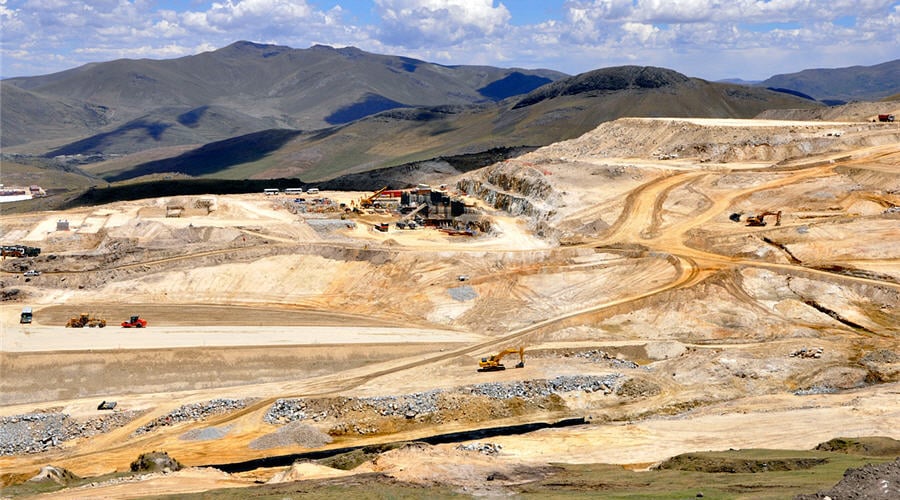.png?width=396&height=127&name=Untitled%20design%20(11).png)
How Las Bambas Transportation Uses Readi to Strengthen Driver Safety on 9-Hour Routes

Industry
Mining
Challenge
Every day, workers must be transported nearly 9 hours by road from Cusco to the remote Las Bambas mine site. The contracted transportation group needed visibility into actual driver fatigue risk and a consistent, proactive protocol for assessing readiness to drive.
Results
80% of drivers now wear ReadiWatch daily, enabling supervisors to make more confident go/no-go decisions with ReadiSupervise, sleep data, and toxicology reports—supported by ongoing training and upcoming DSS camera deployment.
Key Product
ReadiWatch, ReadiOne, ReadiSupervise, ReadiAnalytics
By integrating Readi into daily operations, Las Bambas proactively addresses driver fatigue—enhancing safety and ensuring only well-rested personnel undertake the demanding 9-hour journeys to and from the mine site.

Background
Las Bambas is a major copper mining operation in Peru, located in a remote Andean region far from urban centers. To support its 24/7 operations, a dedicated group of long-distance transportation contractors is responsible for safely driving workers to and from the site—nearly 9 hours each way.
A Long Drive with High Stakes
The Las Bambas copper mine sits far from urban centers, and its operation depends on reliable daily transport for hundreds of workers. A fleet of long-distance drivers travels up to 9 hours through rugged terrain to safely deliver personnel to and from the site.
Initially, supervisors monitored driver sleep using MiBand data alone. While useful, this method had limitations—especially in detecting true fatigue risk and discrepancies in reporting. Recognizing the need for a more robust solution, the transportation group introduced Readi, Fatigue Science’s predictive fatigue management platform.
Upgrading to Predictive Fatigue Management
Drivers now wear the ReadiWatch beginning the day before their scheduled route, allowing Readi to analyze their sleep data and deliver personalized fatigue risk scores in advance of each trip.
While only required to wear the ReadiWatch the day prior to their shift, an estimated 80% of drivers now wear the device daily—a testament to the program’s growing adoption and trust among the workforce.
Supervisors oversee the long-distance fleet and use ReadiSupervise to monitor fatigue risk for each driver. They actively compare sleep data from the ReadiWatch and MiBand to flag inconsistencies.
Alongside these insights, they also use alcohol and toxicology test results to make formal go/no-go decisions before a shift begins.
Building a Culture of Safety and Accountability
Fatigue Science’s Professional Services team works closely with the Las Bambas transportation group to ensure maximum value from the Readi platform. Through live training and strategic support, supervisors are being trained on how to incorporate ReadiScores directly into their decision-making, and how to log fatigue countermeasures in the app to create a more structured, data-backed workflow.
To further protect drivers and passengers, the group plans to complement Readi with Caterpillar DSS driver-facing cameras—a reactive measure that works in tandem with Readi’s predictive insights, providing an extra layer of safety in real time.

